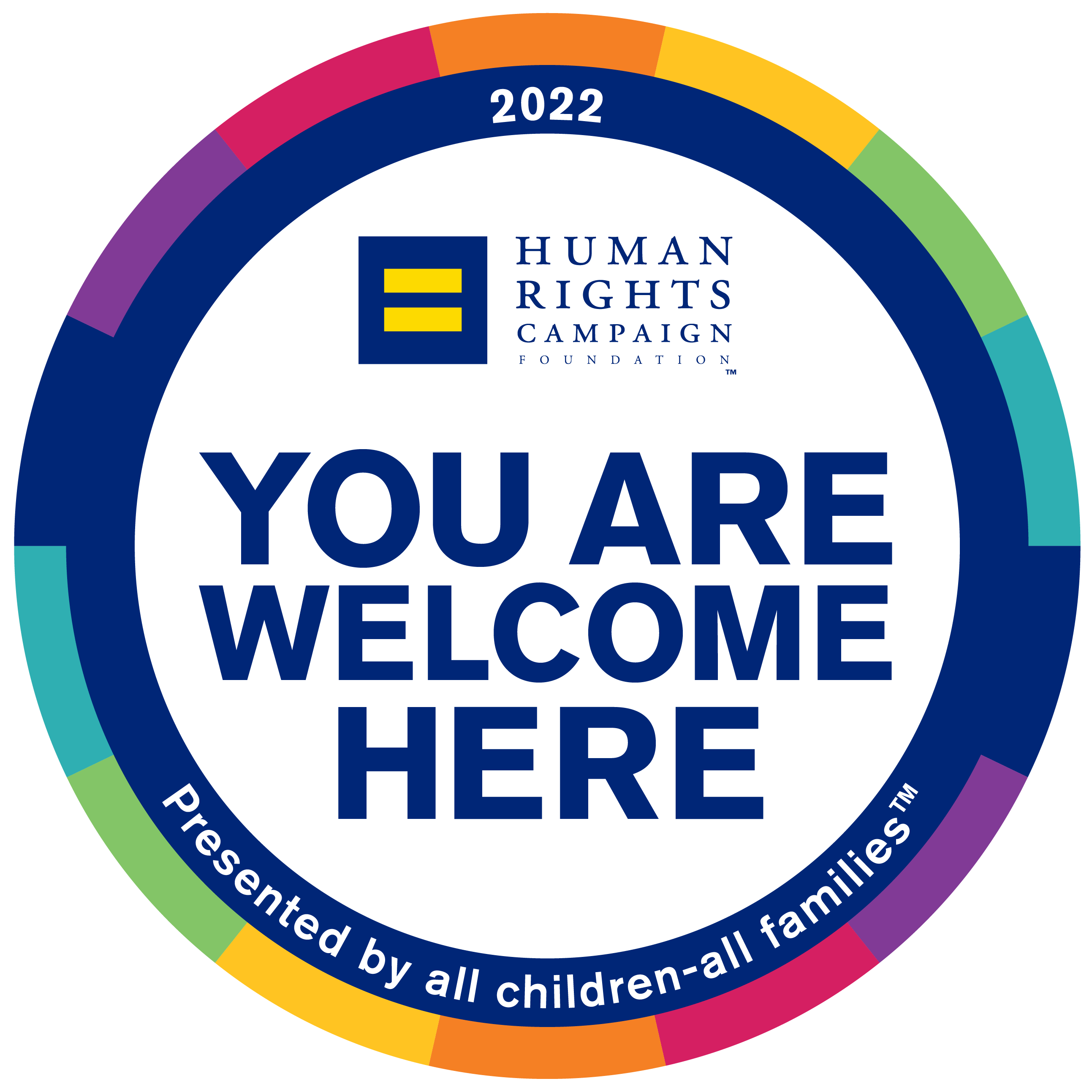In an important update to Chapter 48, also known as the “Children’s Code,” Wisconsin officially recognized like-kin alongside traditional relatives (see sidebar below) as placement options for children. This change opens more opportunities for kids to remain with people they already know and trust, like Ms. Thompson—a teacher who changed one of her student’s lives forever.
An Illustrative Example: Julie and Ms. Thompson
 Children often form deep, lasting bonds with teachers, mentors, coaches, and neighbors, and these connections can be supportive and nurturing just like family members. When high school junior Julie is at school, she spends a lot of time with her former English teacher, Ms. Thompson. Julie is always welcome in Ms. Thompson’s classroom, and she likes hanging out there both before and after school.
Children often form deep, lasting bonds with teachers, mentors, coaches, and neighbors, and these connections can be supportive and nurturing just like family members. When high school junior Julie is at school, she spends a lot of time with her former English teacher, Ms. Thompson. Julie is always welcome in Ms. Thompson’s classroom, and she likes hanging out there both before and after school.
When Julie’s mother died a few years ago, she moved in with her father and his new girlfriend, but getting along with them is becoming increasingly difficult. To avoid arguments, Julie starts staying with friends instead of going home.
During her time in Ms. Thompson’s classroom, Julie often works on her homework or talks about books, but lately she just wants a place to sleep. Julie reveals that her exhaustion is from sleeping on couches—and that she doesn’t feel safe at her dad’s house. After hearing more about Julie’s situation, as well as noticing some unexplained bruising, Ms. Thompson decides to make a confidential call to Child Protective Services (CPS).
In Need of a Placement
Depending on what’s going on, CPS may decide to:
- “Screen out” the report if they find no suggested harm or maltreatment.
- Investigate further to determine if Julie is at risk. There are several possible outcomes, such as:
- A Family Plan: CPS may find no wrongdoing that would require legal action. However, given Julie’s ongoing conflict with her father, they could suggest or facilitate a family plan—an informal placement—that puts Julie in the care of another adult.
- Child in Need of Protection or Services (CHIPS) Order: If CPS does find evidence of abuse or neglect, they can request a CHIPS order. This would result in an out-of-home placement with either a foster family or a relative.
Recent years have seen a major increase in relative placements, which assume adults have an investment in the well-being of children they’re related to. In many instances, that is true, but Julie’s only other living family member is an aunt in Kentucky whom she’s never met. When the only relative placement option means relocating to an unfamiliar location (sometimes in another city or even state) to live with someone who is basically a stranger, is that the best option for Julie?
Julie tells Ms. Thompson that she’ll run away if she must live with strangers (whether it’s with her aunt or in a foster home), so Ms. Thompson considers how she could help. What if Julie moved in with her, informally, so she had a place to stay? That’s a possibility, but could she afford to take care of a teenager on her salary? And what would happen if Julie needed medical care or wanted to do something like get her driver’s license?
In the past, Ms. Thompson’s only option would have been to pursue an informal placement or a private guardianship, which didn’t come with any financial supports. But that all changed on January 1, 2025.
Making Like-Kin Placements Official
Starting this year, the law now allows for placements with “like-kin,” or adults who have significant, preexisting relationships with children, even if they are not biologically or legally related. This recognizes that bonds like the one between Julie and Ms. Thompson that are formed through everyday interactions—including community involvement, extracurricular activities, or mentorship—can be as strong as familial ones, or possibly even stronger.
With this revision of the Children’s Code, Ms. Thompson is considered like-kin and could be a potential placement for Julie no matter what the outcome of the CPS investigation:
- If CPS screens out the referral or suggests a family plan, CPS and Julie’s father could still decide that Julie is better off with her teacher. As Julie’s informal caregiver, Ms. Thompson would not be eligible to be licensed, but the new like-kin legislation means that she could still apply for kinship benefits of $400 a month (per child).
- If CPS decides that Julie isn’t safe at home and requests a CHIPS order, Julie could be placed in foster care with her teacher. Kids Matter Inc. would encourage Ms. Thompson to pursue foster parent licensure to get access to additional funding and support for Julie, as well as more rights regarding her role in Julie’s life.
Knowing that she would have some financial support no matter what the outcome of the investigation, Ms. Thompson could feel more comfortable committing to being responsible for Julie.
The Impact on Caregivers and Children
Whether or not a caregiver is involved formally in the child protection system via a CHIPS order or informally as a private caregiver or legal guardian, the changes that went into effect this year have a major impact on their role and their support. For someone like Ms. Thompson, who may hesitate to take in a child due to the costs of providing shelter, food, clothing, and other necessities, the eligibility to apply for kinship benefits may make a difference. Every little bit helps, and this new financial assistance has the potential to encourage more like-kin to take on caregiving responsibilities.
For youth who are navigating challenging circumstances, the assurance that those who already care about them can step in as caregivers can make a significant difference and hopefully improve overall outcomes. Allowing like-kin to take care of children offers more options for keeping youth from being placed with strangers in foster care, which can be a traumatic experience no matter how wonderful the foster family.
Wis. Stat. § 48.02 Definitions
(12c) “Like-kin” means an individual who has a significant emotional relationship with a child or the child’s family that is similar to a familial relationship and who is not and has not previously been the child’s licensed foster parent. For an Indian child, “like-kin” includes individuals identified by the child’s tribe according to tribal tradition, custom or resolution, code, or law.
(15) “Relative” means a parent, stepparent, brother, sister, stepbrother, stepsister, half brother, half sister, brother-in-law, sister-in-law, first cousin, first cousin once removed, 2nd cousin, nephew, niece, uncle, aunt, stepuncle, stepaunt, or any person of a preceding generation as denoted by the prefix of grand, great, or great-great, whether by blood, marriage, or legal adoption, or the spouse of any person named in this subsection, even if the marriage is terminated by death or divorce.
Note: The definition of relatives was also expanded to include first cousins once removed, allowing for even more family members with the potential to take in children.
Like-kin placements have the possibility to:
- Reduce the Trauma of Removal: Placing children in stable homes they are already familiar with can benefit their emotional and psychological well-being.
- Offer More Stability through Local Placements: Sometimes relatives are not located near a child’s home, like Julie’s out-of-state aunt. By allowing local like-kin to take in children, it ensures a better transition in a more comfortable environment.
- Preserve Cultural Identity: For Native American children, the revision allows them to be placed with individuals identified by their tribe. This keeps kids in similar environments with adults and families who have the same background.
While this change could open doors for many positive placements, there are some possible issues that may arise. What would happen to Julie if Ms. Thompson decided to move away? Or if she got married and her spouse didn’t want to take care of Julie anymore? Disrupted placements can be a greater risk when moving to non-relative caregivers. Additionally, the lack of specificity around how long someone must have a relationship to be considered like-kin has the potential to result in placements involving more tenuous connections who aren’t fully committed to keeping children with them.
Looking Ahead
Time will tell what the effects of this change will be. Proposed changes to licensing rules should be released around June 2025. Licensing rules are similar for relatives and like-kin who are being licensed, but some non-safety licensing requirements are currently only waived for relatives. The introduction of specific requirements regarding like-kin placements should make it possible for more people to be eligible to be licensed and receive additional support. We look forward to seeing these proposed requirements and learning how they will affect kinship families—relatives and like-kin alike—going forward!






